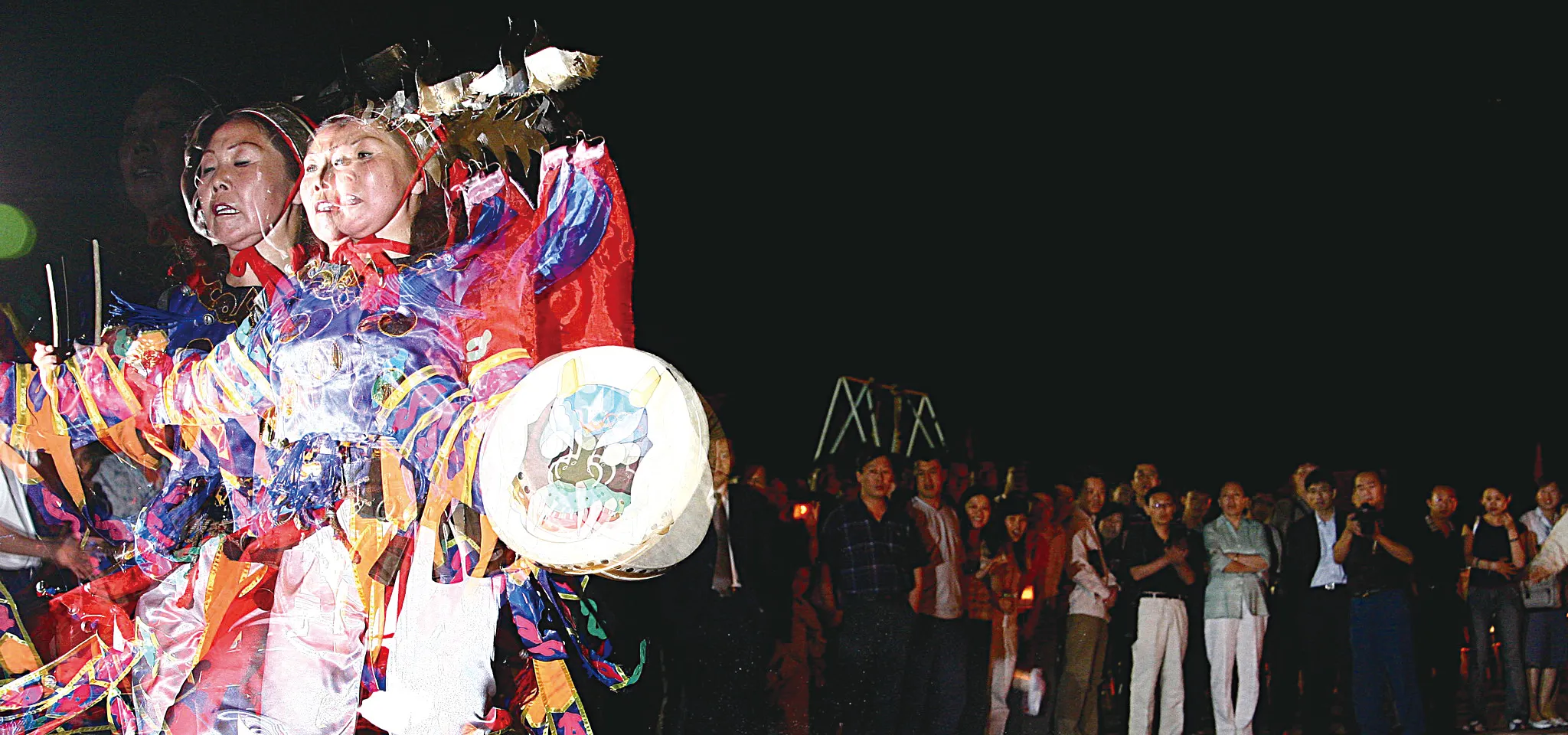In Jilin province, shamans adapt ancient beliefs to the modern context
Dressed in faded blue jeans, dark sneakers, and a black puffer jacket to ward off the cold, Zhao Hongge, a local female shaman, does not look out of place on the bustling main street of Ula town outside of Jilin city.
Shamanism is a spiritual belief system with multiple gods all connected to nature. It has evolved over thousands of years. In Jilin it is intimately intertwined with Manchu culture, yet has also taken on many aspects of other Chinese folk beliefs. For centuries, Shamanism was the dominant belief system of the Tungusic peoples of China’s north, including the Manchus and their ancestors, the Jurchens.
Nowadays, the tradition lives on mainly in the ethnic Manchu, Hezhen, and Oroqen communities in China’s Northeast. The fusion with wider Chinese spirituality and society means that different clans, families, and individuals who practice Shamanism often do so in extremely varied ways—there is no set method of worship. Zhao is an example of this mixing, as she is not a Manchu herself but a descendant of a Han military family, known as Hanjun, who joined the Eight Banners of the Qing empire in the northeast.














